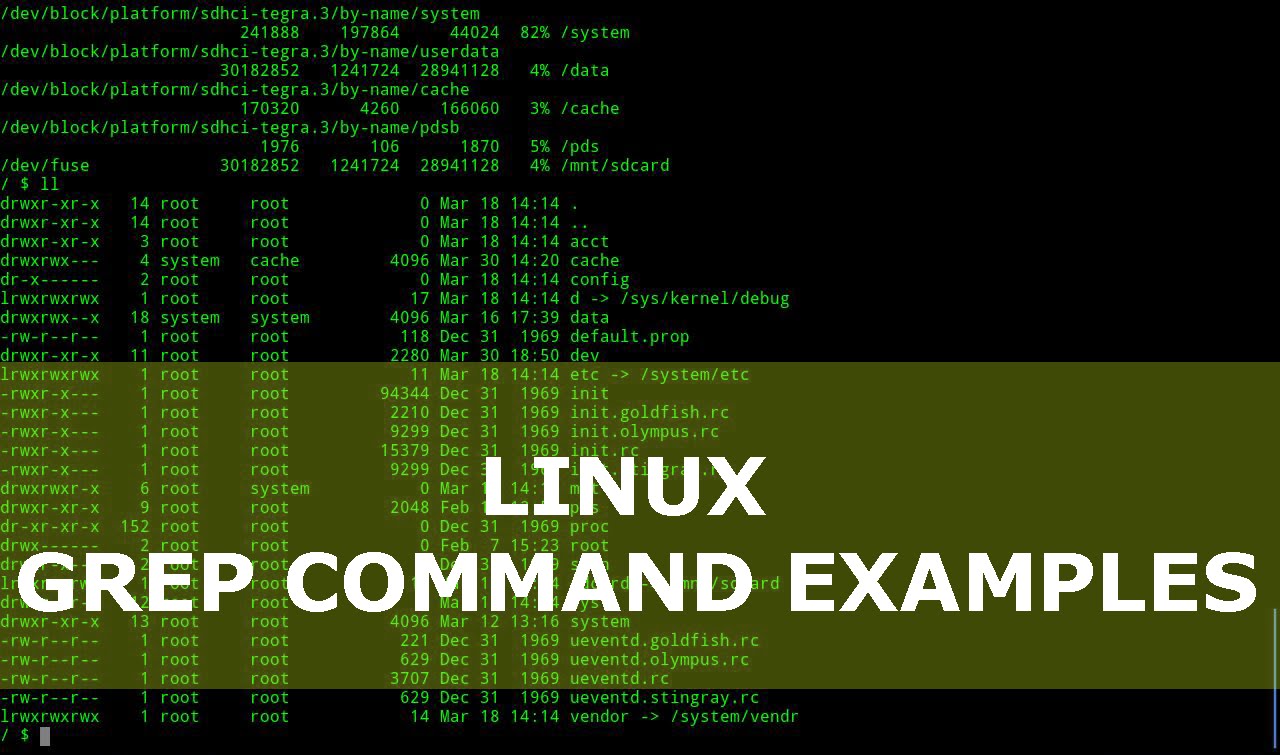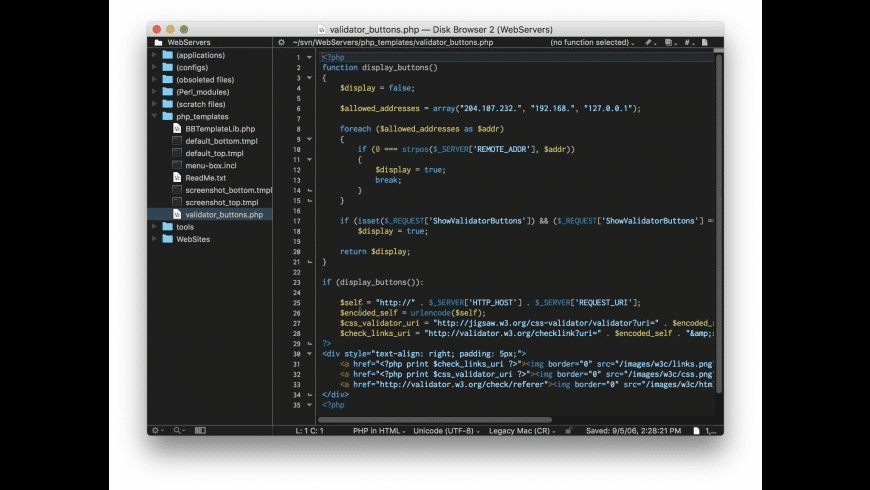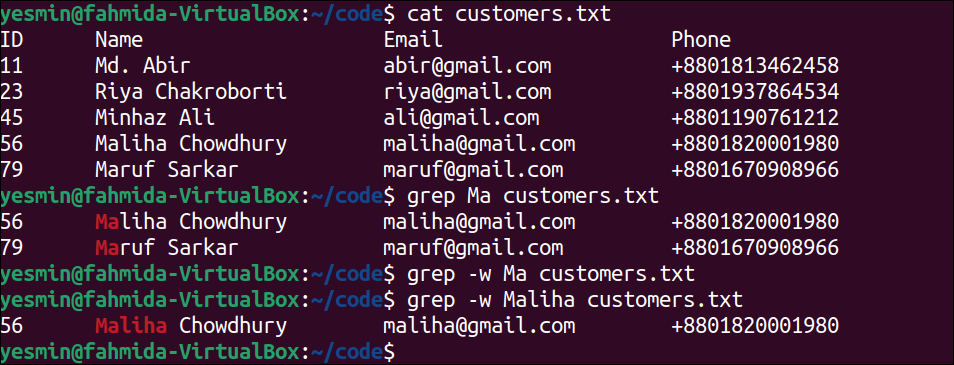


Represents 1 or more of the previous character Represents 0 or more of the previous characterīa*t matches bt, bat, baat, etc. Represents 0 or 1 of the previous character Representing Multiple Character Patterns in Searches Character Typed Represents any character except the ones specified after the ^ Represents any characters within the range of characters specified Represents any of the characters inside the brackets Represents a character that is normally a special character Matches any non word character (anything not matched by \w) Word characters in the ASCII range are generally alphanumeric, and characters whose value is greater than 127 are also considered word characters." Typically this is letters, numbers, and underscores, but also includes some other characters you might not cosinder word characters. According to the release notes: "A word is any run of non-word-break characters bounded by word breaks. Matches any non whitespace character (anything not matched by \s) Matches any whitespace character (space, tab, line break, newline, form feed) Will match anything except 0, 1, 2, 3, 4, 5, 6, 7, 8, or 9 (anything not matched by \d)
Bbedit grep examples pro#
Note: Only present in BBEdit Pro 5.1 and Lite 4.6 or greater Represents the character typed, with the exception of the special characters defined below
Bbedit grep examples how to#
BBEdit discusses how to use grep in the Apple Guide (and in the manual), but it may be a little short of an explanation for those unfamilar with it, so here's my explanation. If you don't know how to use it, it's time you learned, because it is immensely useful. The version of grep that is used in BBEdit is a very basic version, similar to UNIX's egrep. Grep is perhaps one of the most powerful and least understood features of BBEdit. There’s much more to like in BBEdit 13, but the new GREP Cheat Sheet and Pattern Playground knocked my socks off.BBEdit Grep Tutorial BBEdit Grep Tutorial Release Notes: Dwight Silverman's weekly tech newsletter featuring insights, news and occasional whimsy about the latest in the industry The second cool new thing is an interactive GREP Pattern Playground, which makes it easier to fine-tune your GREP search or replace patterns without affecting the underlying document.

Click the appropriate command in the list - which includes options for finding only capital letters lowercase letters numbers from 0 to 9 any digit characters repeated X times, characters at the beginning (or end) of a line (or a word), and many others - and the correct command magically appears in the Find or Replace field. Click it and a list of common GREP commands appears with examples and a description. The first is a GREP Cheat Sheet button in the Find (and Replace) dialogs. But BBEdit 13 adds two new features that make using GREP almost as easy as using Search & Replace in other apps.

In the past, I would have to search the web for the proper GREP syntax and then fine-tune it by trial-and-error. In English that would read: “Find every Space character repeated one or more times and replace it with one Tab character.” Word processors (and Ulysses) offer no easy way to search for multiple spaces in a row and replace them in BBEdit, I just type a space followed by a + (“ +”) for the Search pattern and “/t” for the Replace pattern. For example, I often need to change a bunch of consecutive spaces to a single Tab character. Ulysses offers a decent enough search and replace function, but when things get complicated, I turn to BBEdit and craft a GREP query.


 0 kommentar(er)
0 kommentar(er)
